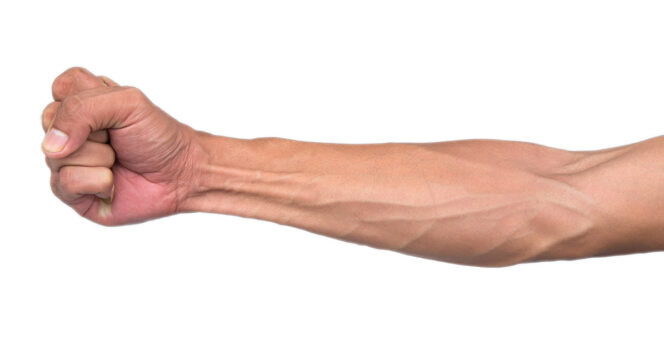Our bodies are truly amazing. Most of the time, we don’t even stop to think about how far we’ve come as a species. From our early ancestors who looked more like today’s chimpanzees, we’ve grown into highly intelligent beings who can build cities and send spacecraft beyond our planet. When you consider how fast that transformation has happened—at least in terms of the universe’s age—it’s pretty incredible.
What’s even more fascinating is that, even though our daily lives are now filled with technology, social media, and smart devices, our bodies haven’t changed much in the last twenty thousand years. We’re still biologically very similar to our ancient relatives, even though our environment is completely different. But that doesn’t mean evolution has stopped—it’s just happening very slowly, often in ways we don’t immediately notice.
One small but interesting example is a tendon in your wrist that might show how your body is evolving. This tendon is connected to an old muscle called the palmaris longus, which used to serve an important role in our ancestors. Around 10 to 15 percent of people today no longer have it, and scientists believe this could be a sign of gradual evolution.
The palmaris longus was especially useful for animals like monkeys and lemurs that use their arms and hands to swing through trees. The tendon gave them better grip and strength in their forearms. But for animals that walk on the ground, like gorillas, the need for that extra support faded over time, and many lost the tendon entirely. Now, the same thing seems to be happening to us humans, since we no longer depend on our forearms to move around.
Although most people—about 85 to 90 percent—still have the tendon, it’s slowly disappearing. Curious to know if you have it? There’s a quick test you can try at home. Just lay your forearm on a table, palm up. Touch your thumb to your pinky finger and slightly lift your hand off the surface. If you see a raised band pop up in the middle of your wrist, congratulations—you have the tendon. If not, you’re likely one of the growing number of people who don’t need it anymore.
It’s a fun and simple way to see a tiny piece of evolution in action. So, did you find the tendon in your wrist? Share this with your friends and family and see who else has it—it’s a cool reminder that our bodies are always changing, even if we don’t always notice it.


